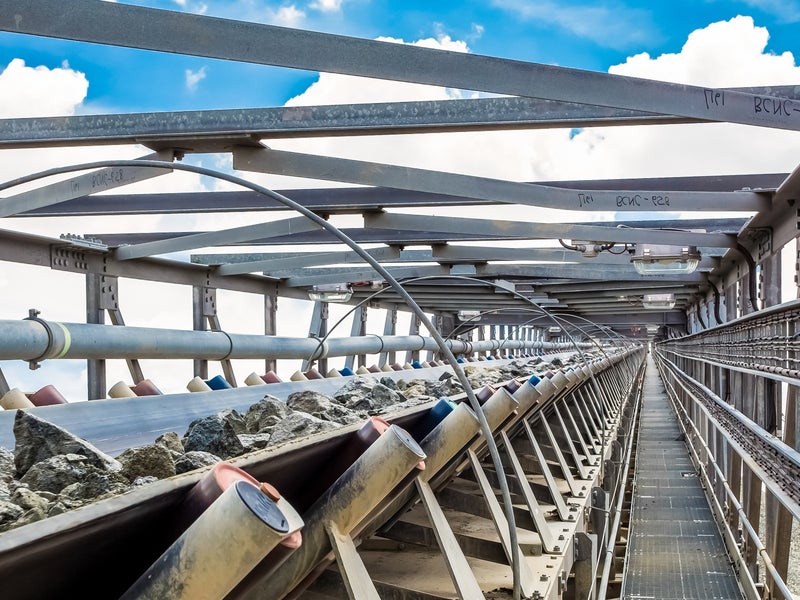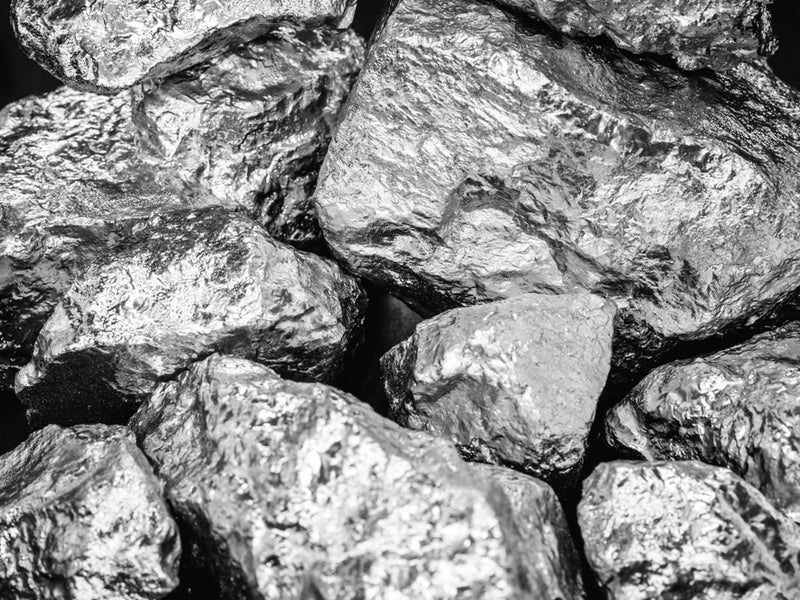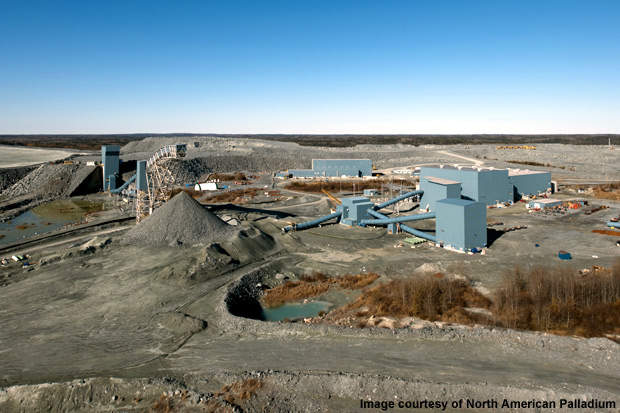The Lac Des Iles mine is an open-pit and underground operation located 85km from Thunder Bay in Ontario, Canada. The mine consists of the Roby zone and the offset zone and extends over 86.4km² of mineral claims and leases. Open-pit mining began in 1993 and by the second quarter of 2004, underground mining also commenced to access the higher-grade portion of the Roby Zone.
The mine was previously owned and operated by North American Palladium but was acquired by Impala Platinum in 2019.
In 2008, the mine was placed on care and maintenance for a temporary basis as a response to plunging metal prices. Production resumed on 14 April 2010 when prices began to recover.
As per the feasibility study published in 2018, the mine life is extended until 2027 with average underground production of 12,000 tonnes per day (tpd) and 40.9 million tonnes (Mt) of underground and surface reserves.
Reserves of Lac Des Iles
The mine includes an estimated 72.98Mt of measured and indicated resources graded at 2.14g/t of Pd and 2.89g/t of Palladium equivalent (Pd Eq) with contained Pd of 5.02Moz as of June 30, 2018.
Measured and indicated resources have been estimated by including the offset underground, Roby surface and underground, and low-grade stockpile.
Inferred resources stand at 8.23Mt graded at 2.22g/t of Pd and 2.96g/t of Pd Eq as of June 30, 2018.
The total proven and probable reserves at the mine are estimated to be 40.87Mt graded at 2.31g/t containing 3.03Moz of Pd.
Geology at Lac Des Iles mine
The mine lies within a 3km-long and 1.5km-wide oval-shaped intrusive package hosted in the southern portion of the Archean-aged Lac des Iles Intrusive Complex. Known as the Mine Block intrusive, the rocks host several platinum-group metal deposits with the most important being the Roby Zone.
The Roby zone is further divided into three sub-zones namely the north Roby zone, Roby underground zone/high-grade zone, and the breccia zone. The offset zone, created by a fault-caused displacement, is a deep extension of the Roby underground zone.
The rocks are complex in terms of texture and composition. Compositionally, the rocks vary from anorthosite to clinopyroxenite and leuco-gabbronorite to melanonorite. It includes magnetite-rich gabbro. Texturally, the rocks are either equigranular, porphyritic, fine to coarse-grained, pegmatitic, variably textured or heterolithic gabbro breccias.
Mineralisation at Lac Des Iles mine
Mineralisation at Lac Des Iles is largely strata-bound, rarely visible and unpredictable. Massive PGE mineralisation is found within an elliptical domain that lies directly south of the Lac des Iles area. A domain further southward is characterised by widespread medium-grained PGE-barren gabbronorite that contains low PGE content.
Within the elliptical domain, a large amount of monolithic and heterolithic breccia with a nominal content of gabbronorite is found. A large, medium-grained gabbro, East Gabbro, lies adjacent to a varitextured gabbro in the west. The varitextured gabbro hosts the Roby palladium deposit where heterolithic gabbro breccia exists as pipes, pods and massive blocks. The heterolithic gabbro breccia hosts a high-grade ore that is limited within an ultramafic unit.
The East Gabbro lies beside an equigranular gabbronorite. Ore grade mineralisation is found within gabbroic to pyroxenitic rocks that are associated with disseminated or blebby secondary sulphides and characterised by immense sausseritisation of plagioclase feldspars and strong alteration of talcose to amphiboles. Much of the high-grade zone is hosted along the contact between the East Gabbro and the heterolithic gabbro breccia.
Mining at Lac Des Iles mine
The mine began open-pit mining in 1993 and transitioned to underground in 2005. Underground production used a long-hole mining method with an unconsolidated fill approach.
The rock generated by ramp and lower-level development was used for the majority of the backfill product in the Roby zone mining. The sill pillars and rib pillars were left to allow the mined-out stopes to remain open for long intervals while waiting for backfill from development work.
The mine transitioned from long hole open-stoping to sublevel shrinkage (SLS) mining method in its lower part in 2017. The company is currently using the SLS mining method to the upper part of the mine as well.
The 2018 feasibility study considered a new mining plan with the introduction of sub-level caving to the large, low-grade resource in the Roby zone’s central and southwestern portions.
The new plan focuses on a larger proportion of the higher-grade resources situated below the pit in the Roby central domain, thus increasing the average Roby zone palladium mining grade.
This mining plan is based on continuing with the low-cost SLS mining in the thicker and higher-grade central part of the offset zone.
Positive drilling results resulted in an increased focus on the recently discovered C Zone, which is located near the existing offset zone mining areas.
Processing at Lac Des Iles mine
The processing plant produces bulk palladium, nickel and copper concentrate that contains high PGM credits. Flotation operation is conducted in a conventional mill with SAG and ball milling. The final product is achieved after three steps of flotation and two steps of re-grind.
The mill has a nominal capacity of 13,500tpd and processes the ore mined on-site to a final size of 55 micrometres (μm).










